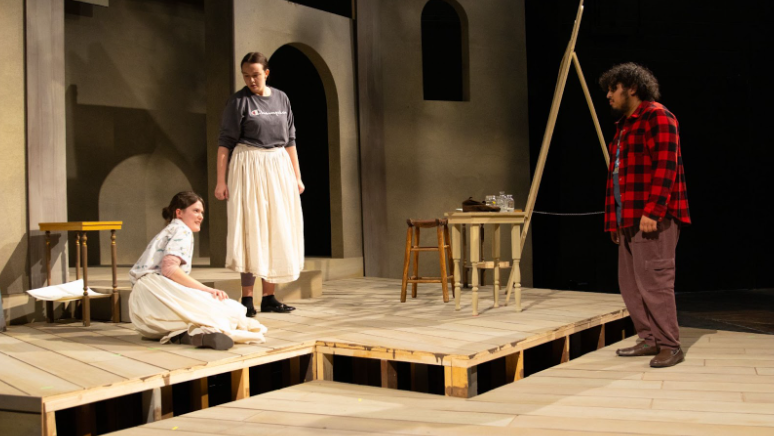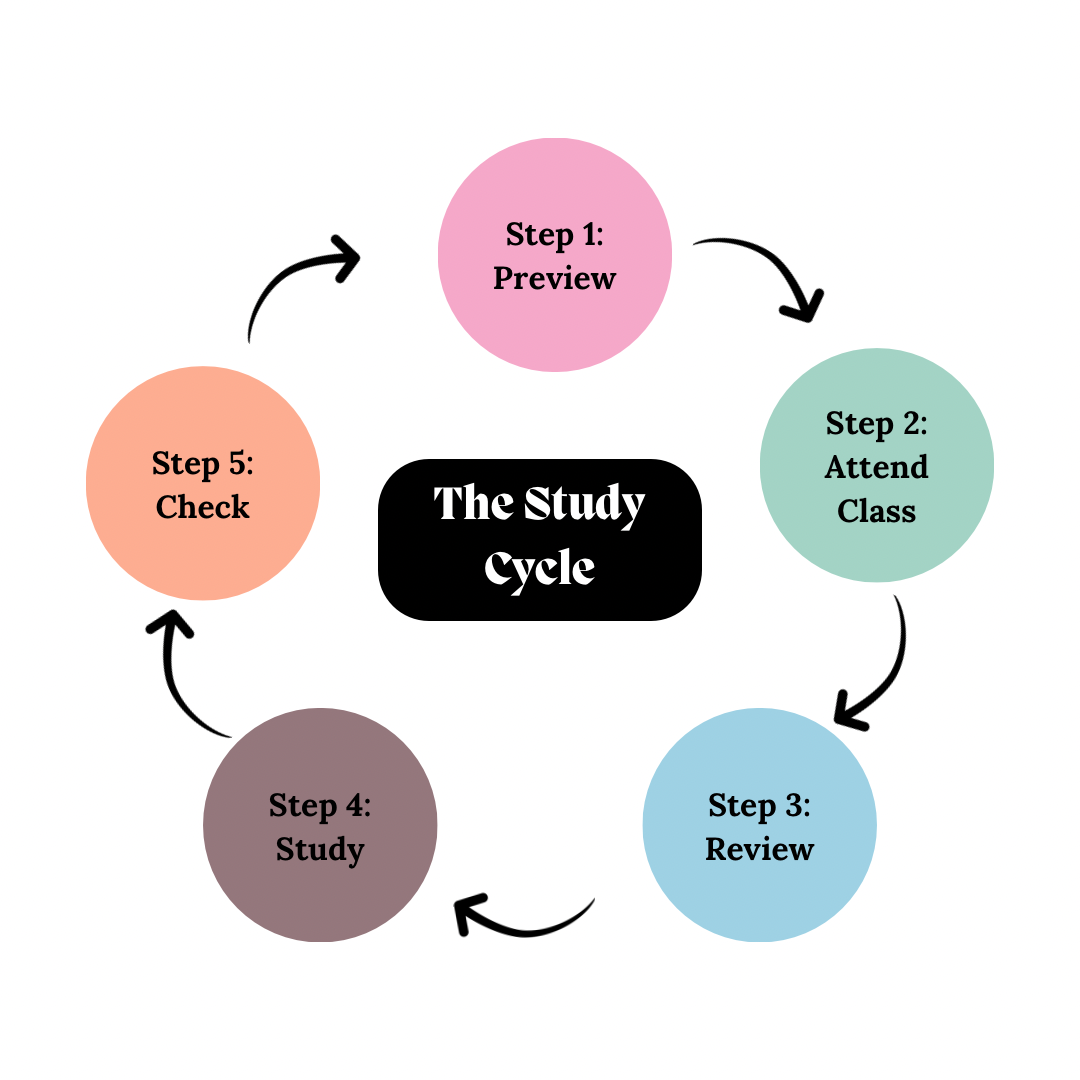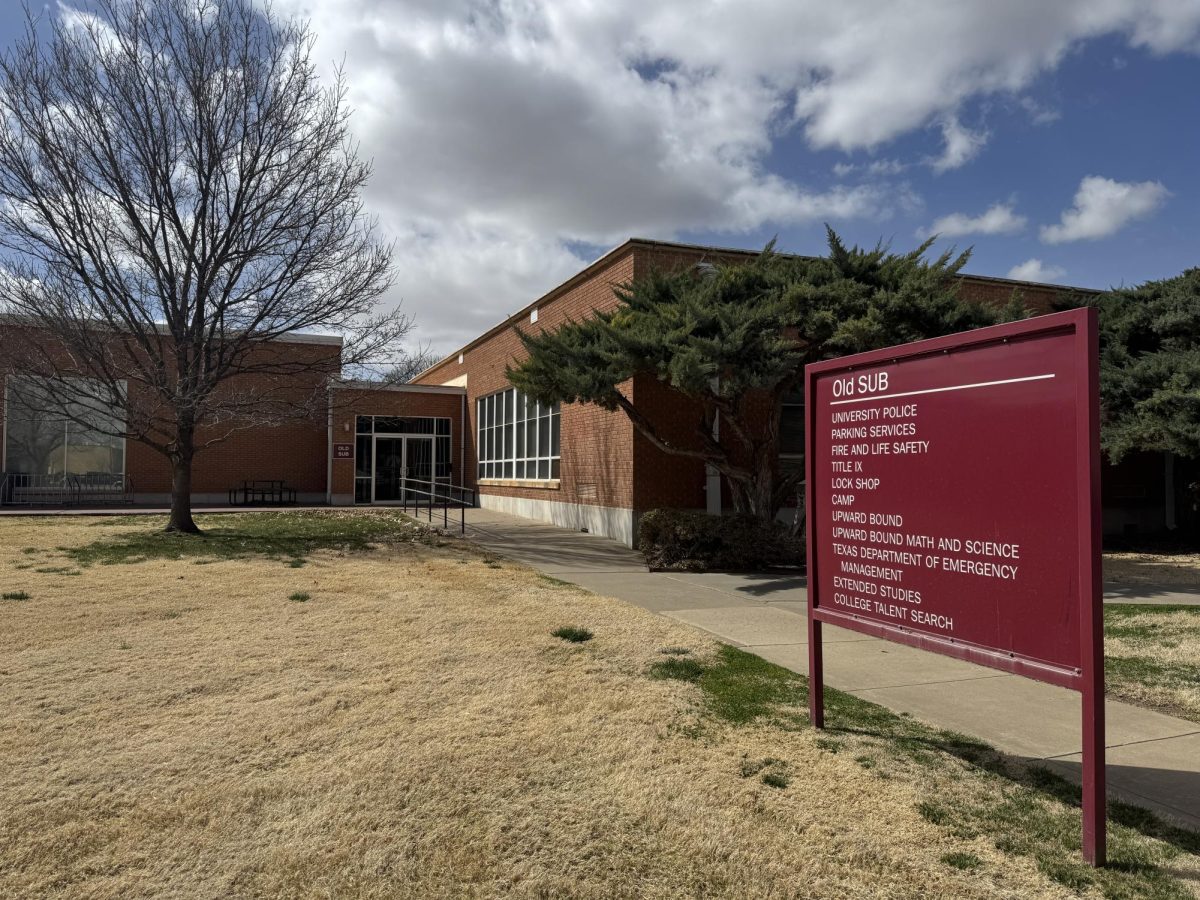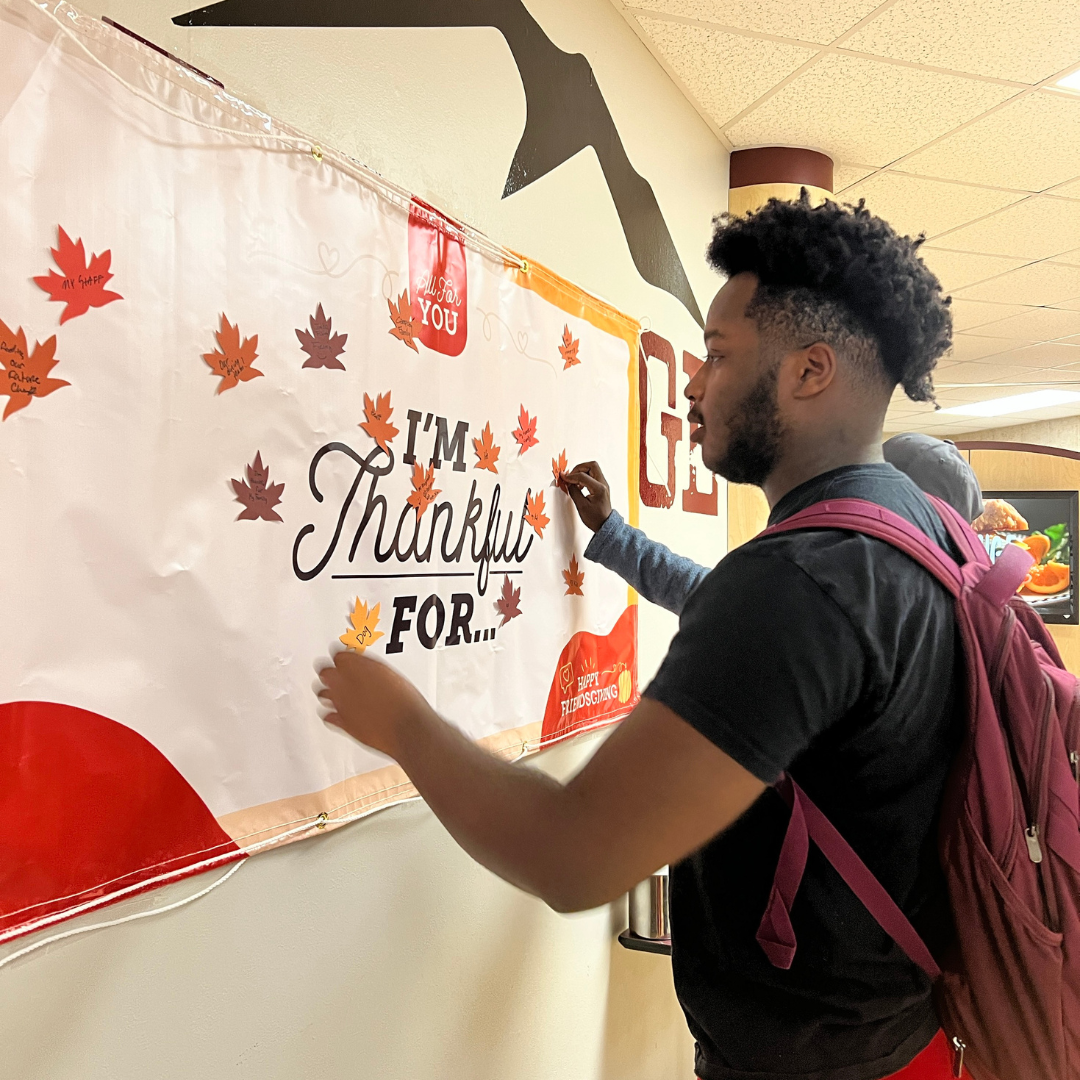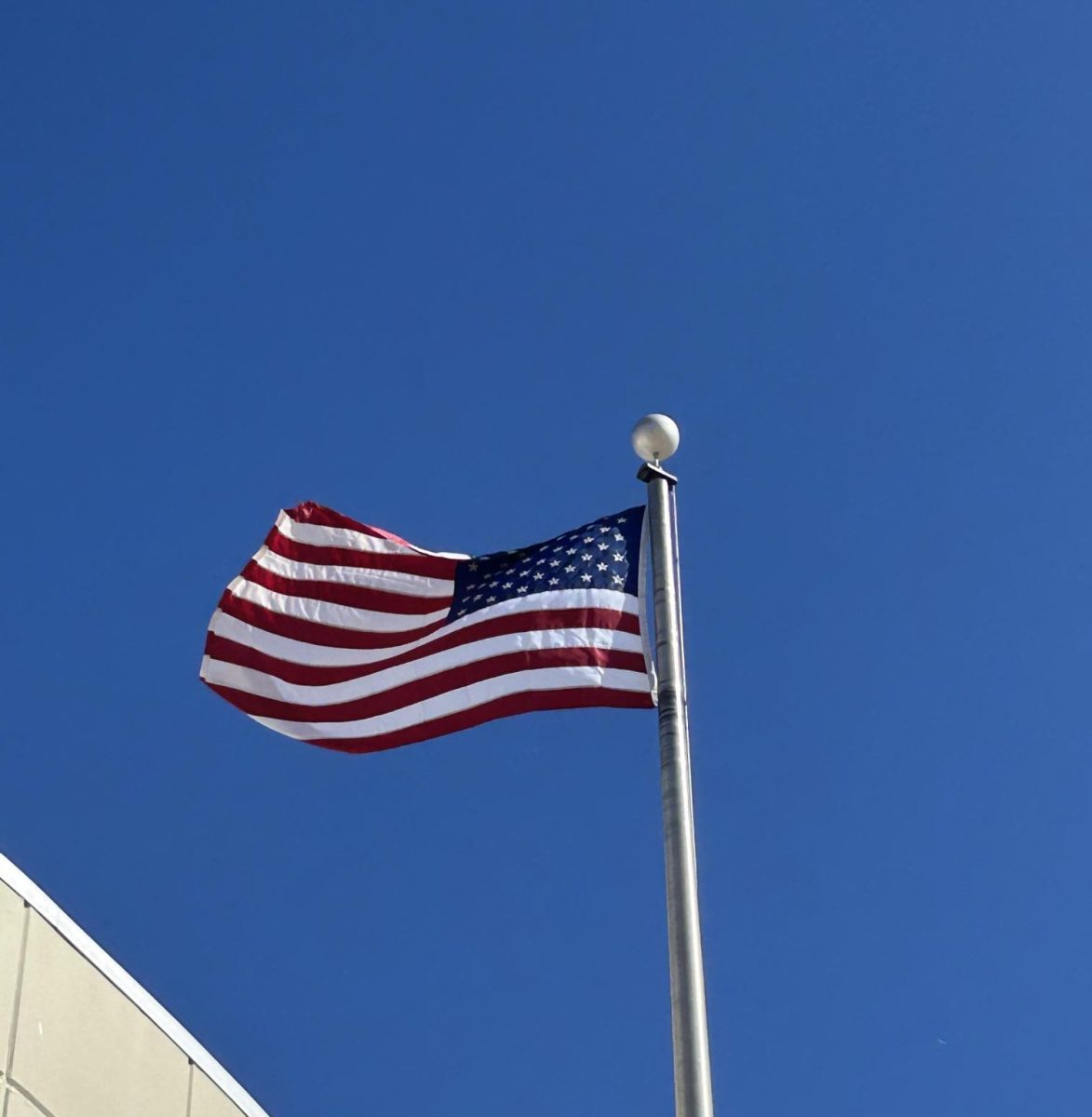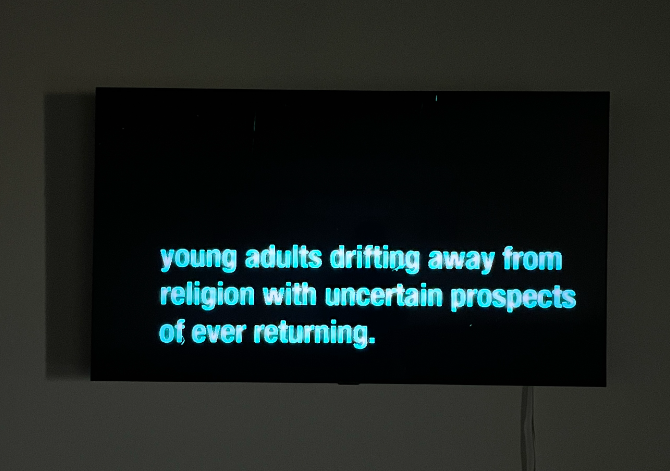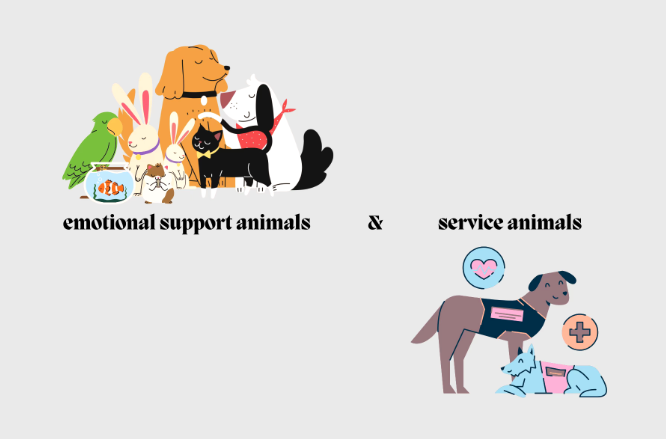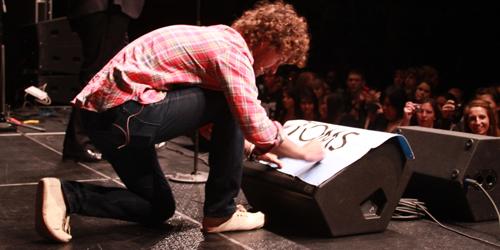
Through WTAMU’s “21 Days of Change” campaign, TOMS shoes were the talk of the university in the days leading up to CEO Blake Mycoskie’s visit.
Students scrambled to order shoes from the JBK, at the online store, or make last minute shopping trips to Janey’s at 2500 to purchase a pair of TOMS. The company is well-known for its “One for One” campaign, which donates a pair of shoes for every pair of TOMS sold to children overseas. Despite the good intentions, some have criticized the company and its “buy one, give one” business model as a clever marketing ploy.
“Some students who participated in A Day Without Shoes or wear TOMS seem to think of themselves as a good person or even label others who refuse to participate as a bad person,” Bomb Chavengsaksongkram, a sophomore Computer Science and Mathematics major, said. “Many of these people are not aware that they are falling into a marketing campaign or ‘trend’ that TOMS has created to sell more shoes.”
The TOMS website states that they are a “for-profit organization with giving at its core.” Mycoskie was inspired to start up TOMS after visiting Argentina in 2006 and witnessing first-hand the effects of podoconiosis, a soil-transmitted foot disease, on children who did not own a pair of shoes.
After selling his online driver’s education program, Mycoskie used the money to finance TOMS. Although he initially had only 250 shoes for sale, demand for the shoes grew to overwhelming proportions. TOMS sold its one millionth pair of shoes in Sept. 2010, and is well on its way to selling two million shoes. With popularity comes criticism, which Mycoskie understands.
“Anytime that you have a successful business, there is going to be criticism,” said Mycoskie. “The thing that we try to focus on is the actual results of what we’re doing. It’s not so much about the cost to help this [issue] but the fact that these [foot] diseases are debilitating people and ruining their lives.”
The cost of a pair of TOMS runs around $40-$50, depending on the type of shoe purchased. However, some argue that the cost of shoes in third-world countries is not more than $5.
“[TOMS] could easily be giving away two or three pairs of shoes instead of just one,” Eddie Torres, a sophomore pre-Nursing major, said. “[They] are making way too much money for the price they sell their shoes.”
Chavengsaksongkram, a native of Thailand, believes that shoes are not the answer to helping children in third-world countries.
“Shoes are not very difficult to access, unlike medical supplies which are rare in third-world countries,” said Chavengsaksongkram. “I can also assure you that TOMS’ trendy shoes will not last longer than a couple of weeks in a harsh environment.”
Although purchasing TOMS shoes is one way to help children in developing countries, Torres said there are different and more efficient ways that one can make a difference.
“If [people] really want to help, they should sponsor a child through World Vision,” he said.



